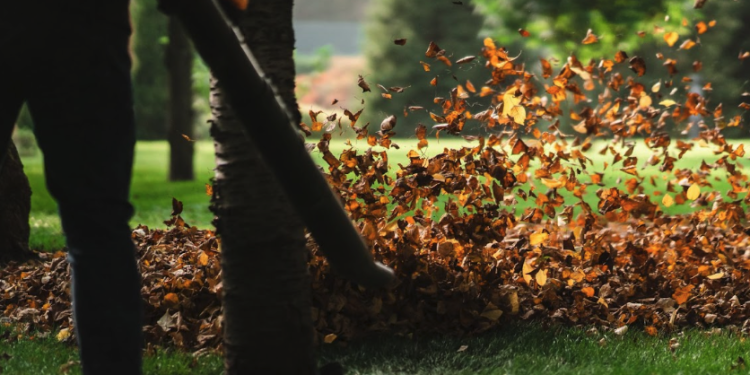Introduction
Controlled burns have a place in land management, but they are rarely the right tool for typical development clearing. In Florida the legal, safety, and neighbor considerations are significant. If you’ve considered controlled burns for land clearing fort myers projects, you need to understand when they make sense and when they expose you to risk.
This article lays out the practical realities so you can decide with facts, not guesses.
Why controlled burns are used
Prescribed burns maintain fire-adapted ecosystems, reduce fuel loads, and restore certain natural habitats. On conservation land, they are a practical ecological tool. For development clearing, proponents sometimes view them as a way to remove underbrush quickly.
But the objectives differ. Ecological burns follow a management plan. Clearing burns aimed at convenience usually create problems.
Regulatory framework and permits
Florida regulates open burning tightly. Local counties, the Florida Forest Service, and air quality authorities have a say. Burn permits typically require a detailed burn plan covering objectives, smoke management, ignition techniques, personnel, and contingency responses.
Expect additional scrutiny if the burn area is near homes, wetlands, or protected habitats. Agencies will set conditions or deny permits when public safety or environmental impacts are likely.
Safety and neighbor issues
Smoke impacts and the risk of escaped fire are real in populated areas. Neighbors object quickly to lingering smoke and the implied risk. A single smoke complaint can trigger inspections and regulatory action.
If you proceed, prepare a robust public notification and suppression plan. Even then, community resistance is common.
When controlled burns are appropriate
Prescribed burns make sense when they are part of an ecological management plan and are conducted by qualified burn managers. They are appropriate on conservation lands or large tracts where smoke management and safety buffers are practical.
For standard development lots or suburban parcels in Fort Myers, controlled burns are seldom the correct choice.
Alternatives that work for development clearing
Chipping, mulching, and mechanical removal are safer and more predictable for development projects. These methods create reusable materials and avoid smoke and liability.
Mulching and chipping also stabilize soils faster and reduce the need for emergency erosion control during rainy windows.
Liability and insurance considerations
Liability for escaped fires and smoke impacts is significant. Confirm that policies cover prescribed burning and that everyone involved is properly insured. Some insurers exclude burn-related losses, which creates personal exposure for project managers.
Environmental considerations
Burning changes soils and seed banks. It can harm non-target species and encourage certain invasive plants. Ecological burns follow monitoring and follow-up plans. Using fire as a shortcut for clearing removes that scientific framework and risks unintended consequences.
Practical steps if you consider a burn
If you determine a burn is necessary, do it right. Engage certified burn managers, secure permits, coordinate with local fire authorities, prepare contingency suppression equipment, and run public notification. Expect multiple agency reviews and tight weather windows.
Final recommendation
For most land clearing fort myers projects, controlled burns are unnecessary and risky. Use mechanical and mulching methods for predictable results. If an ecological burn is genuinely required, treat it as a professional ecological operation with permits, monitoring, and public coordination.












![다음머니 카드깡 서비스 소개: 신용카드로 현금을 빠르고 효율적으로 마련하는 스마트 금융 솔루션]](https://thedailymore.com/wp-content/uploads/2025/10/Screenshot-2025-10-20-at-9.56.34-AM-120x86.png)